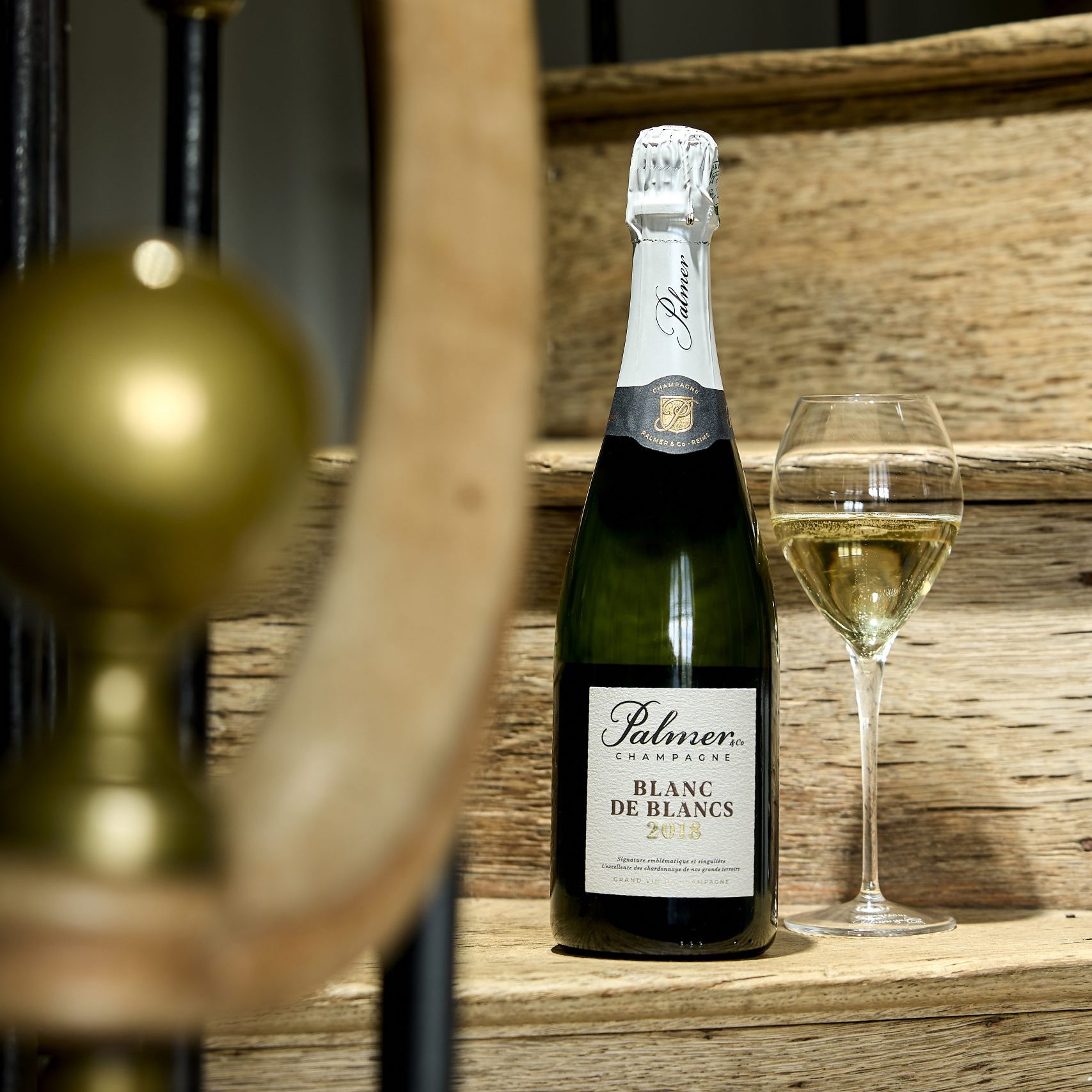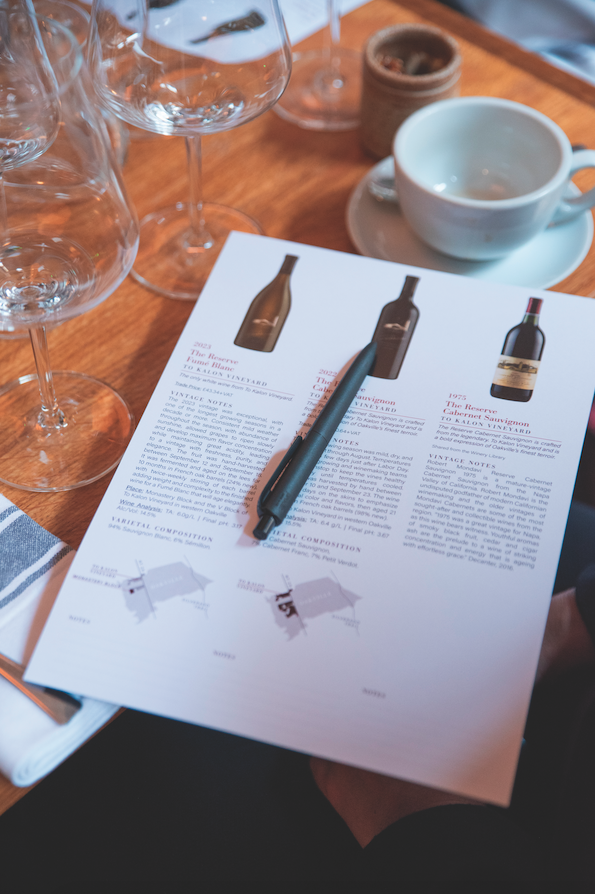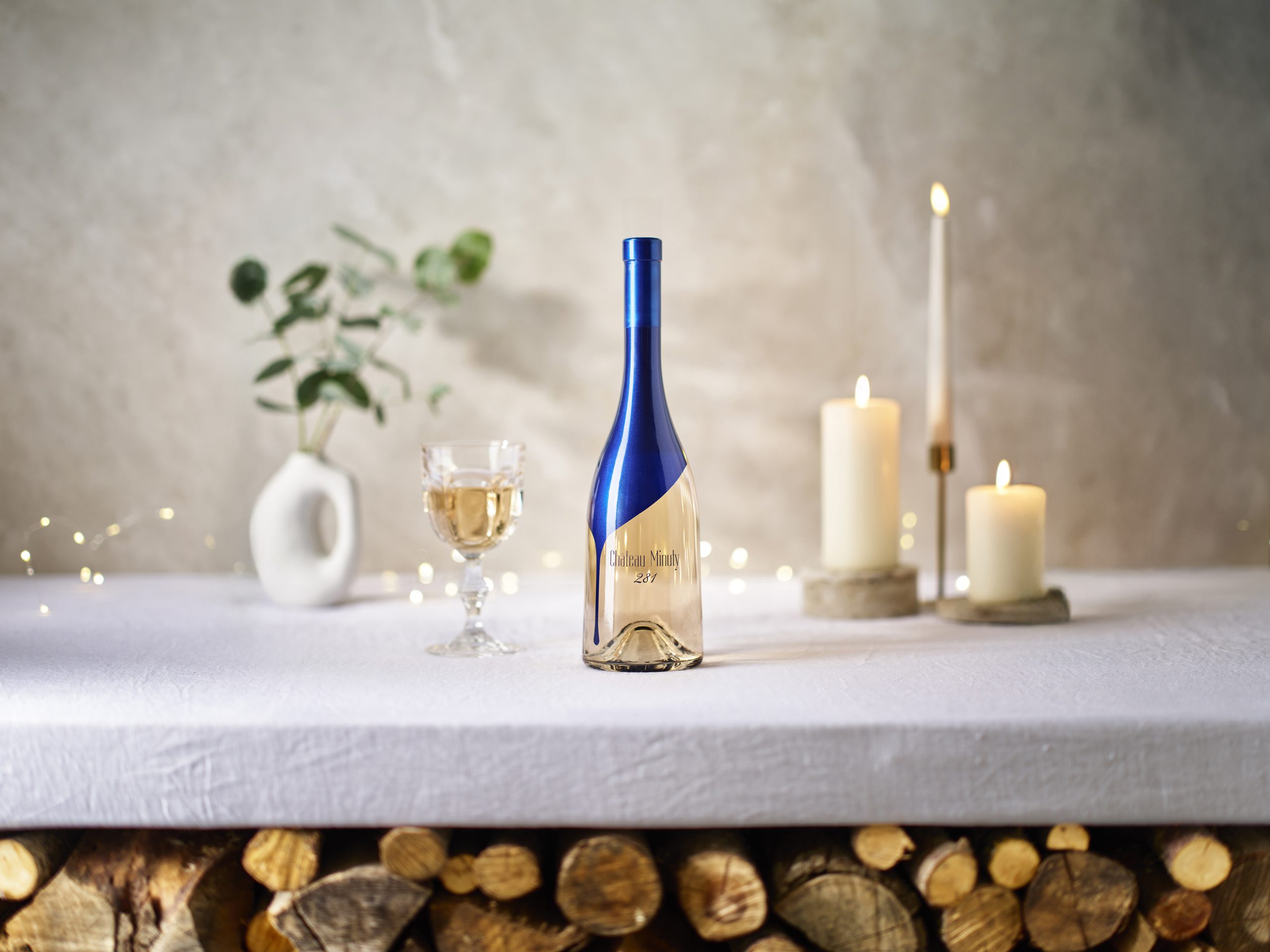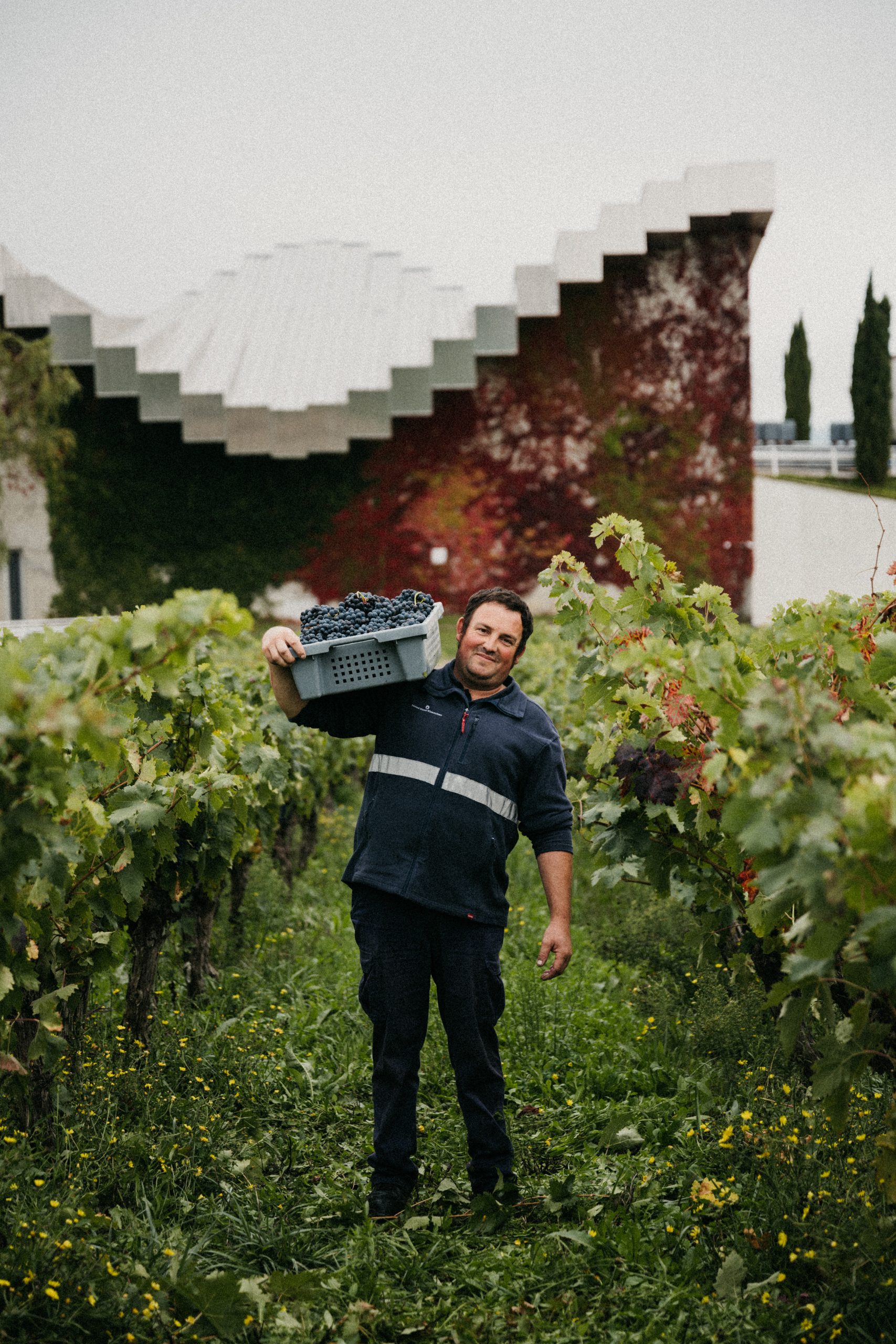WHITE SPIRITS – GIN: On the rocks
Innovation at the super-premium end has led to a gin revival. But will this help to make it more appealing to a younger crowd, wonders Geraldine Coates
There’s no question that the great gin renaissance is now well under way. It’s a slightly muddled picture, because the number-crunchers still point to an ongoing decline in sales worldwide. However, the majority of global gin sales are in the domestic standard segment, particularly in the US, the world’s top market for gin. There’s little doubt that when it comes to mass-market brands – and that aptly describes segment “shelf defenders” – sales are either static or in decline (-6% during 2006).
At the top end it’s very different, with an impressive 12% growth for premium brands and a mind-blowing 80% growth in super-premiums. It’s getting a bit cluttered up there, and another sign of gin’s current vitality is that where once new gins trickled on to the market, now they flood. There’s a sense of elasticity with gin that is encouraging creativity and entrepreneurialism, and hardly a week goes by without news of the launch of a newcomer, be it from the burgeoning US micro-distiller scene, the Dutch and the French, and new offerings from the UK, gin’s home turf.
Whatever their provenance, the new-wave gins discussed here share common characteristics such as craft distillation methods, an emphasis on natural ingredients, and an alcoholic strength of 40% and above. They also present alternatives to the traditional predominantly juniper, coriander, and citrus flavour profile with the introduction of lighter, more floral botanicals. For example, one new US gin grabbing a lot of attention is No. 209, built around bergamot, sweet orange and lavender. Then there’s brand-new Bluecoat Gin, distilled in Philadelphia with organic juniper berries and three different kinds of citrus peel. Newcomer Bulldog Gin is also American, but more in the London Dry style, not surprising since it is produced in the UK. It’s made with botanicals that would look more at home at Hogwarts School, including poppy, cassia, dragon eye, lotus leaves and lavender.
French flavour
Not to be outdone by those upstart Americans, French distillers are applying their undoubted distilling expertise to gin. In a sense, they’re harking back to their roots, since France once had a thriving gin industry and even exported gin to London in the 19th century. Given the state of the domestic market for traditional French distilled products, it’s certainly good business to diversify into a category that is as hot as gin is now. One of the first to get into gin was Magellan Gin. In true French style, its emphasis has been on artesian distillation methods and terroir. Made in Angeac, the gin is distilled four times and its more perfumed flavours derived from home-grown botanicals picked at their peak such as French juniper and cloves, while iris imparts a distinctive pale blue colour.
The latest French arrivals on the gin scene are Boudier Saffron Gin and G’vine. They are completely different in style, with the Saffron Gin made to an old recipe found in the archives of well-known micro-distiller Gabriel Boudier of Dijon. Infused with saffron, giving it a rich orange colour, it has spicy, aromatic notes resulting from fennel and angelica seed. G’vine is a total innovation in the gin category. It’s the first-ever gin made from grape spirit redistilled with botanicals such as vine flowers, ginger root, nutmeg and lime, and is made in Cognac by EuroWineGate, which previously created the grape-spirit-based vodka, Cîroc.
Going Dutch
The Dutch have always had a splendid reputation for distilling anything and everything into strong drink. Having invented gin’s precursor, genever, they’ve focused on London Dry-style gin with considerable success. The latest Dutch offering, Zuidam, imported by Malcolm Cowen, is a triumph of the distiller’s art. Each botanical, including fresh whole lemons, liquorice and vanilla beans, is distilled separately. These distillations are then blended and combined with a triple-distilled grain spirit to create a big gin with warm, fiery flavours.
There’s a lot happening on the UK gin front, too. This year’s LIWSF saw the launch of The London Gin, a London-made gin with bergamot, liquorice, cinnamon, savoury and orange root, with a startling blue colour derived from gardenias. It’s the result of a partnership between The London Gin Company and Spain’s Gonzalez Byass. The news that Burnett’s White Satin, one of the oldest gin brands in the world, has been revitalised is also welcome. In the hands of Chartered Brands, which has acquired UK and European distribution rights, Burnett’s White Satin is now made from a grain spirit redistilled with the botanicals of the original 1776 recipe at 40% ABV. Its days of cold compounding with cheap cane spirit are mercifully over. While not at a premium, price-wise, Burnett’s will certainly shake things up at the lower end of the market. Old Tom Gin is not a brand but a style of gin – sweeter, heavier and more aromatic than the classic London Dry. Made by most gin distillers until the 1960s, it then went out of fashion. Now, Hayman Distillers has launched Hayman’s Old Tom Gin, a niche product responding to the trend for vintage cocktails. It will enable bartenders to recreate the authentic flavours of drinks like the Martinez and the Gibson.
Gin versus vodka
The common brand-building strategy of these boutique newcomers is to grab the interest of bartenders by giving them new flavours to experiment with and provide selling-up opportunities. Cleverly, none of them are trying to push gin as the new vodka, but instead are focusing on the spirit’s exceptional heritage and unique production methods. It certainly worked for the super-premium Hendrick’s and Martin Miller’s, as they are now virtually mainstream with a heavyweight presence in both the on- and off-trade. It’s working too for Whitley Neill, which has made the transition from boutique to established brand in only two years, and has just achieved a listing in Waitrose.
Partner Content
It helps that gin’s image has been reinvented, thanks largely to the efforts of the major players. So now it’s not so much retired colonels in the Home Counties, but more Jade Jagger partying on Ibiza with Beefeater. But while it’s relatively simple to play with the gin formula and come up with new flavours, there are bigger issues here. The battle for gin has not yet been won, and younger consumers are still not quite convinced that they should be drinking gin, not vodka. Will new gins in different styles make the market too cluttered? And, crucially, will people get confused?
Desmond Payne, Beefeater Gin’s master distiller, and a man who knows more about gin than anyone else on the planet, is upbeat: “All this activity is good news for gin, as it’s rejuvenating a category that had been moribund for too long,” he says. “The huge diversity in styles that we’re currently seeing demonstrates just how versatile gin is, and will attract new gin drinkers. There’s room for all and people will make up their own minds. Some new gins will survive; some won’t. Ultimately, it’s going to be about quality.”
Sophie Bower of Bombay Sapphire, the brand that pioneered new-wave gin, agrees: ”I’m delighted there’s so much interest in gin because it’s a fantastic spirit. We’ve found that Bombay’s less juniper-heavy profile converts people to gin because it’s more mixable, and gives bars and consumers opportunities to experiment with cocktails. Lighter, more delicate flavours provide a different experience and more choice. These new gins will certainly bring a younger audience in and grow the category further. ”
A London thing
One caveat comes from The Gin & Vodka Association, the UK industry body which is responsible for preserving and promoting the image of UK-produced gin.
As chairman Edwin Atkinson explains: “While we welcome new brands that add to the renaissance of gin, we’ve done a lot of work to come up with a tighter EU definition of London Dry Gin to address consumer confusion. It’s not geographical, so it still means that a London Dry gin does not have to be made in London. But it will preserve the more classic style of gin by, for example, prohibiting the addition of extra ingredients once distillation is complete.”
Could he be talking about colour or cucumber? And, if a gin is not able to call itself London Dry, will it be a major problem? Not necessarily, as Louis Xavier Smith, UK brand ambassador for Hendrick’s, with its final distillations of rose petals and cucumber, points out: “We’ve never described ourselves as London Dry in our branding, as it would probably work against our message that Hendrick’s is an innovative gin that uses different and unusual ingredients. London Dry status is important to preserve the heritage of gin and to differentiate traditional premium gins like Tanqueray and Beefeater from cold-compounded supermarket gins. People who like Hendrick’s are not interested in cheapo gin. I think the term ‘London Dry’ is misunderstood in the trade, and with the way things are now, boutique brands are almost generating a category of our own.” Hmm, a whole new topic for discussion.
© db November 2007




